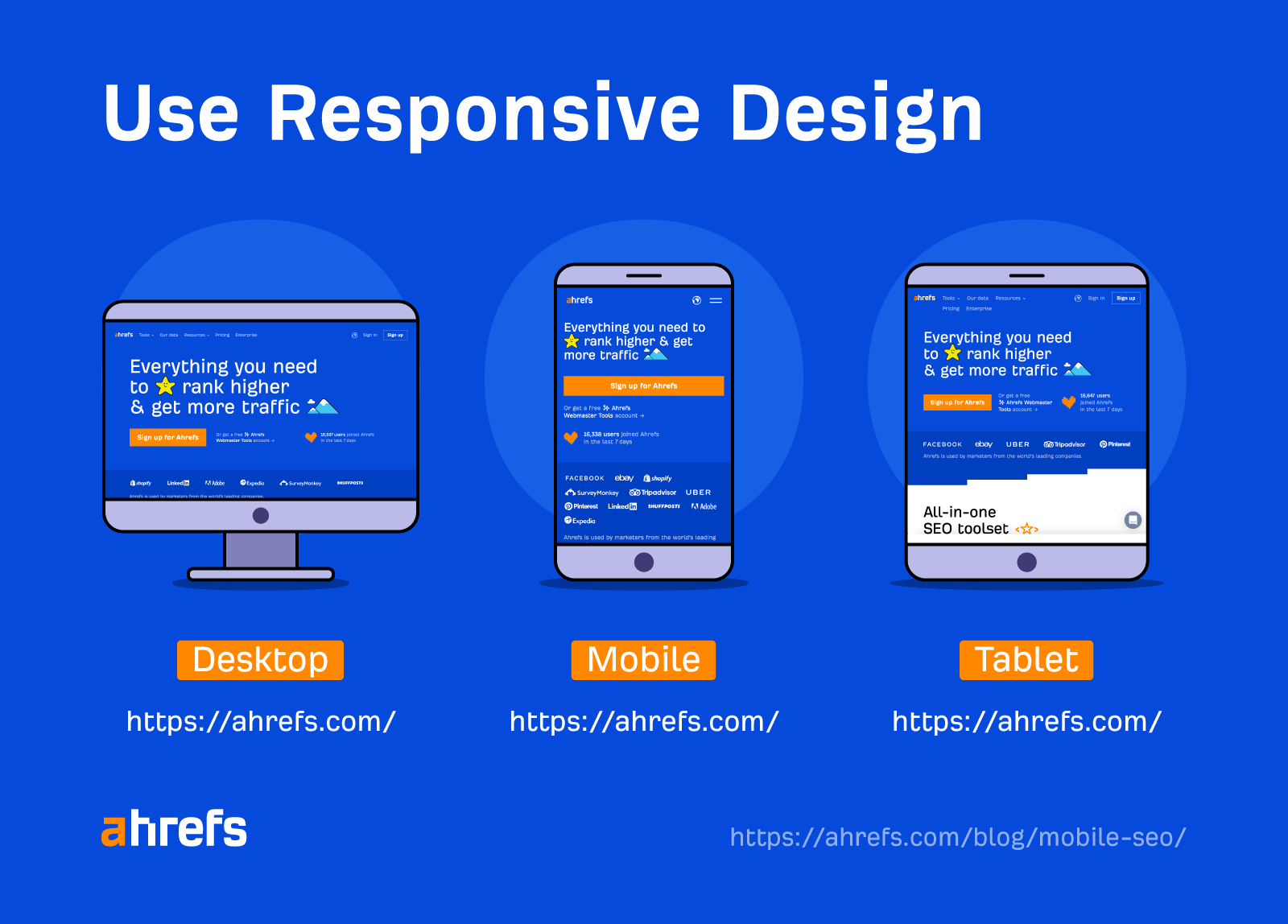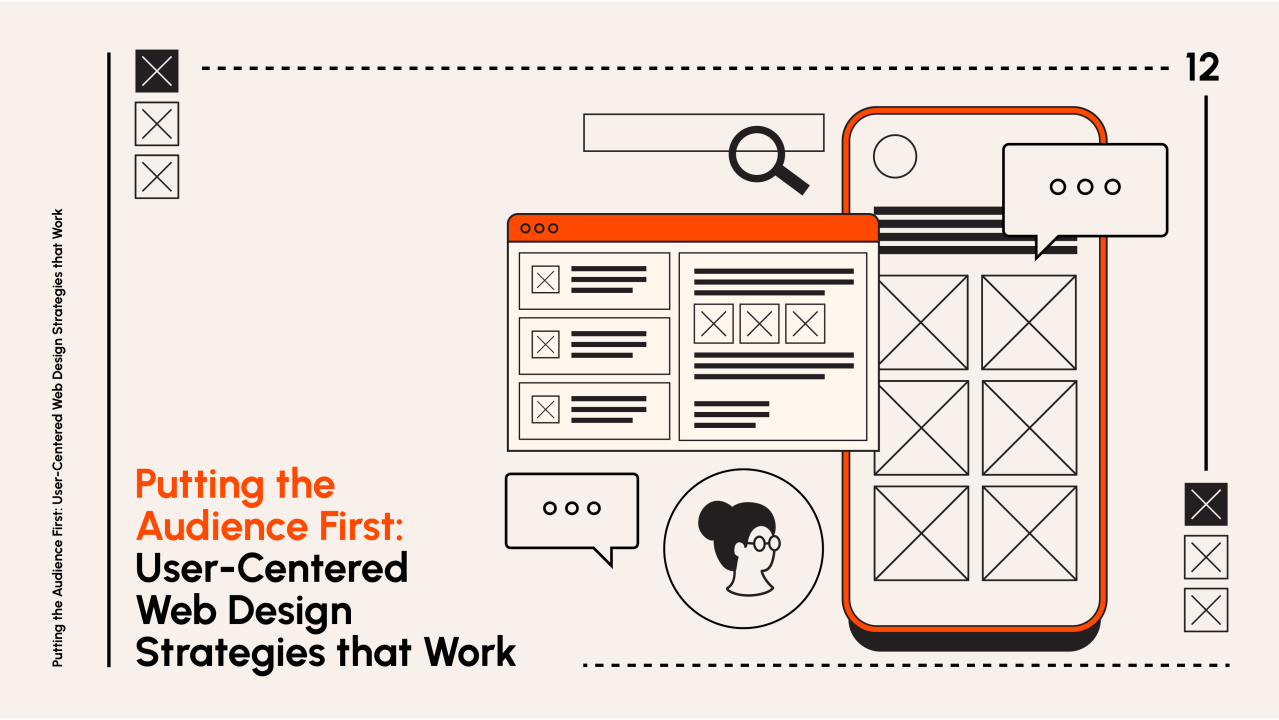Web design plays a crucial role in your site’s search engine ranking. While content is key, the structure, layout, and technical aspects of your website can significantly impact how well it performs on Google. Here are some essential tips to ensure your web design is SEO-friendly and helps you rank higher:
Mobile Responsiveness is a Must
With the majority of web traffic coming from mobile devices, having a mobile-responsive design is essential. Google prioritizes mobile-friendly sites, so ensure your website looks and functions well on all screen sizes. A responsive design not only improves user experience but also boosts your SEO ranking.
Optimize Website Speed
Page load speed is a major ranking factor for Google. Slow-loading websites lead to higher bounce rates and lower user satisfaction. Optimize your images, minimize code, and leverage browser caching to make sure your pages load quickly. A faster website enhances both user experience and search engine performance.
Use Clean and Structured URLs
Clean, readable URLs help search engines understand the content of your pages. Avoid complex or random strings of numbers and symbols in your URLs. Instead, use descriptive keywords that reflect the content, making it easier for both users and search engines to navigate your site.
Prioritize Easy Navigation
An intuitive navigation structure is critical for both SEO and user experience. A well-organized menu and internal linking system make it easy for visitors to find information. It also helps search engines crawl and index your site effectively, improving your chances of ranking higher.
Focus on Quality Content Layout
Content layout matters for SEO. Break your content into smaller sections with clear headings and subheadings (H1, H2, H3 tags). Use bullet points, short paragraphs, and visuals to make your content easily digestible. Proper formatting not only appeals to readers but also signals to Google that your content is organized and valuable.
Optimize Images and Media
Images and media are important for engaging users, but they should be optimized for SEO. Use descriptive file names, add alt text with relevant keywords, and compress images to reduce loading times. This helps search engines understand your visuals and improves your site’s performance.
Implement Schema Markup
Schema markup is a code that you add to your website to help search engines understand your content better. It can enhance how your page appears in search results, potentially leading to higher click-through rates. Use schema for elements like reviews, FAQs, and product information to make your site more Google-friendly.
Use a Secure HTTPS Connection
Security is another ranking factor for Google. Ensure your website uses HTTPS, which protects user data and creates a safer browsing experience. A secure site not only gains favor with search engines but also builds trust with your audience.
Conclusion
Web design and SEO are closely linked, and a well-designed site can significantly boost your search engine ranking. By focusing on mobile responsiveness, speed, easy navigation, and proper content layout, you’ll create a website that’s both user-friendly and Google-friendly. Implementing these tips will not only enhance your SEO performance but also provide a better experience for your visitors.




